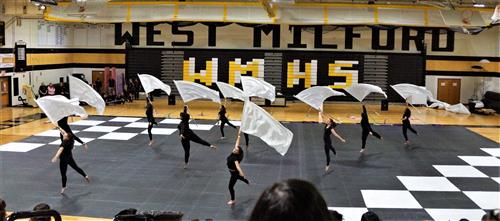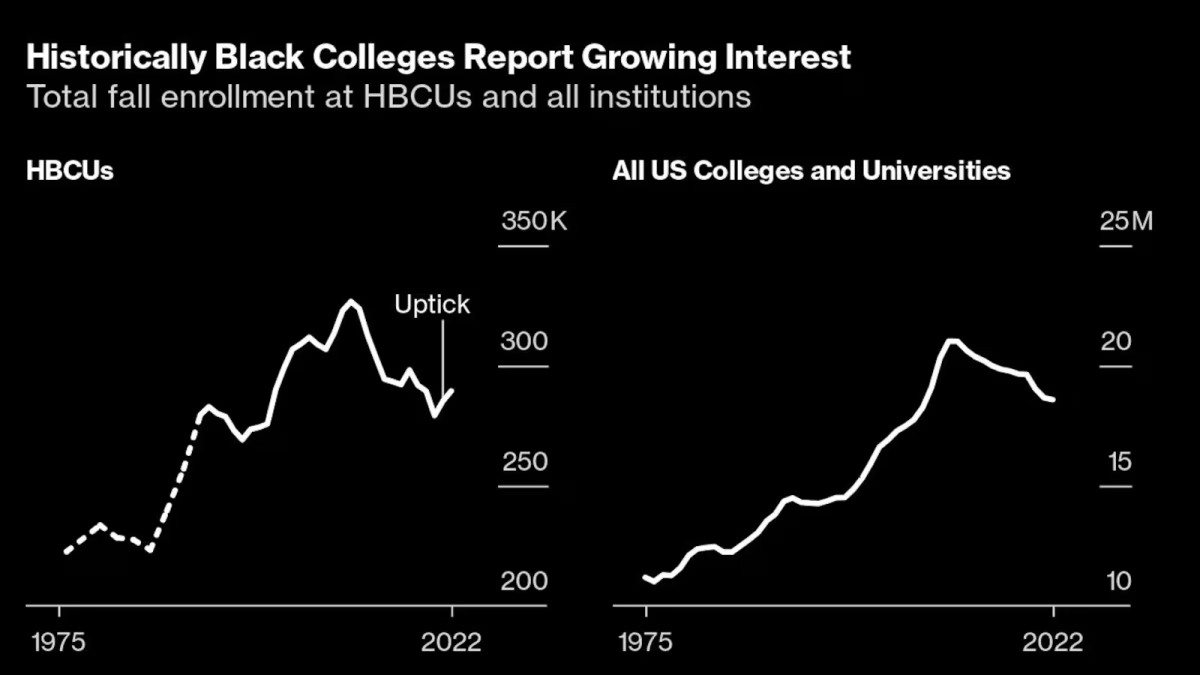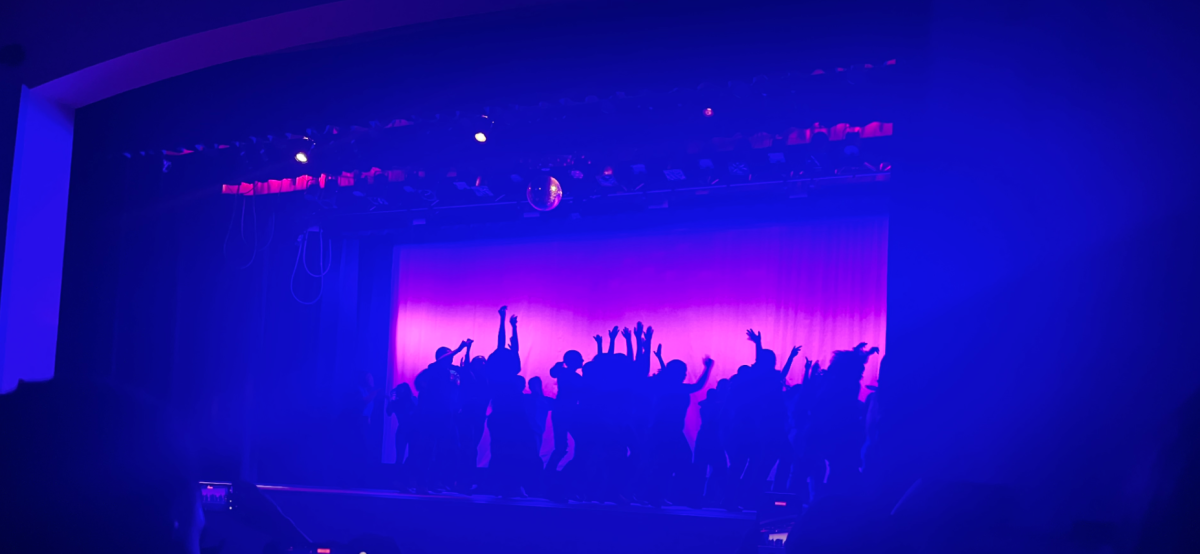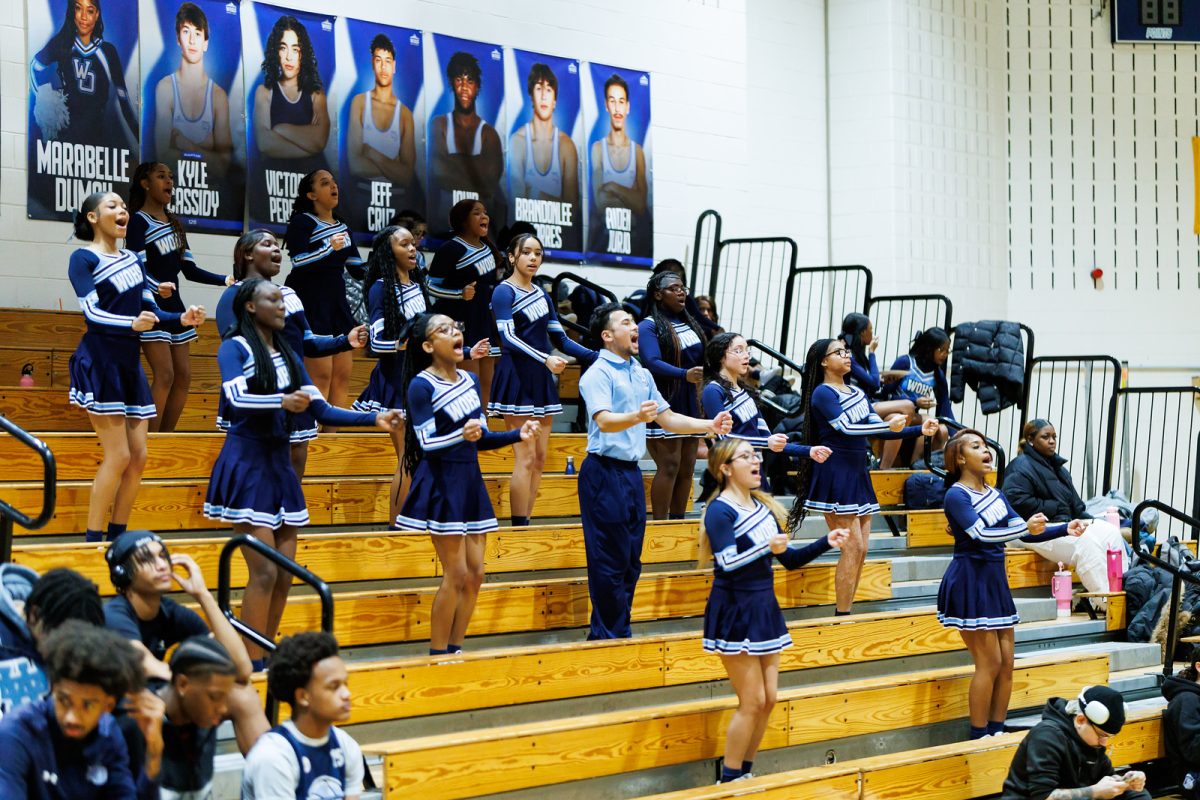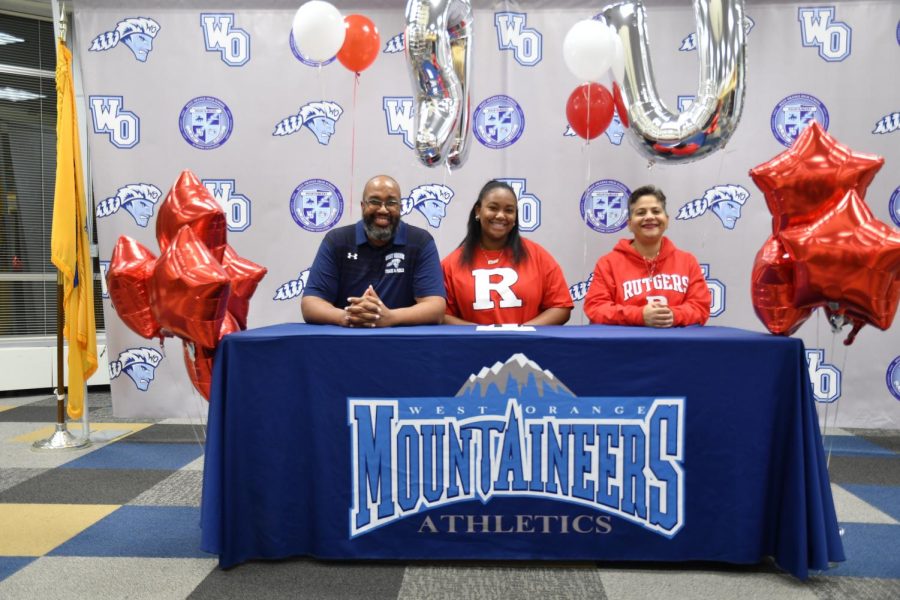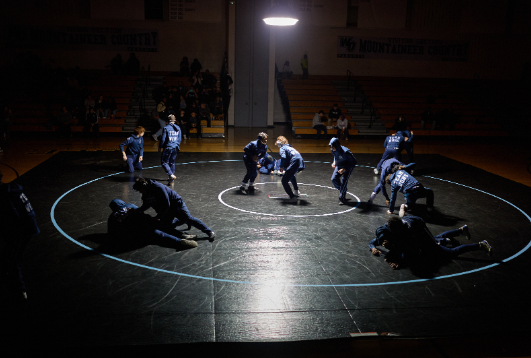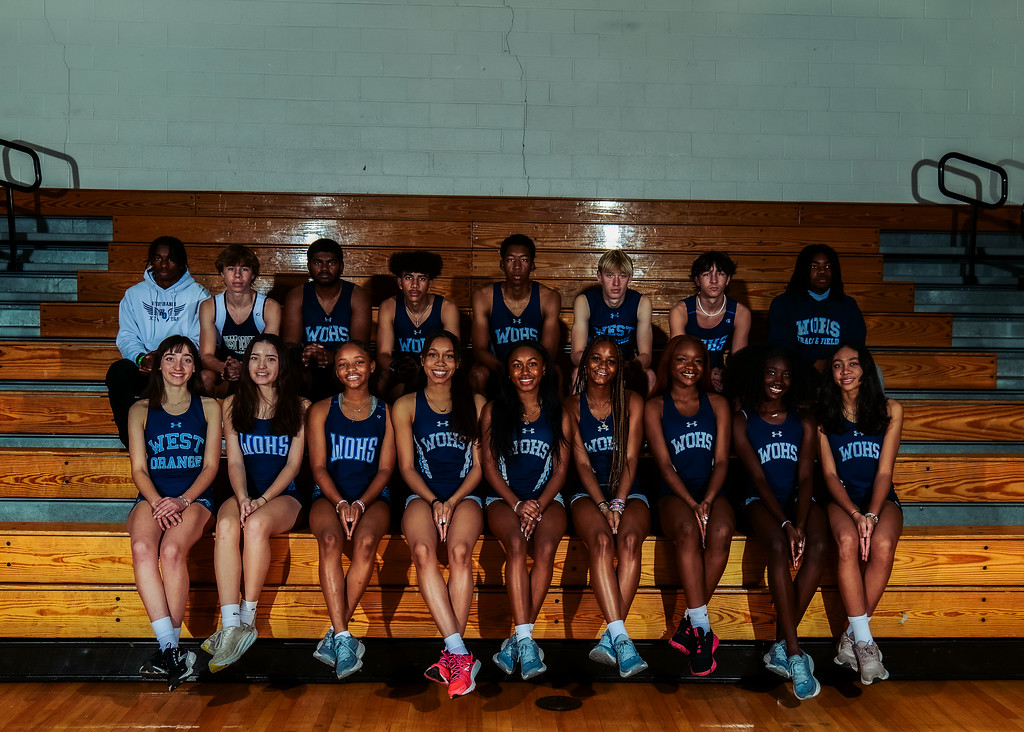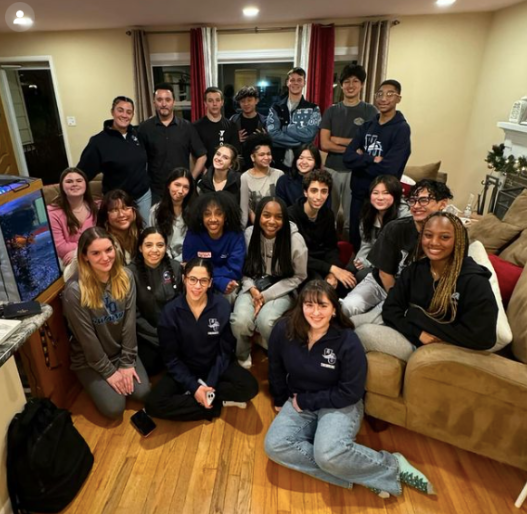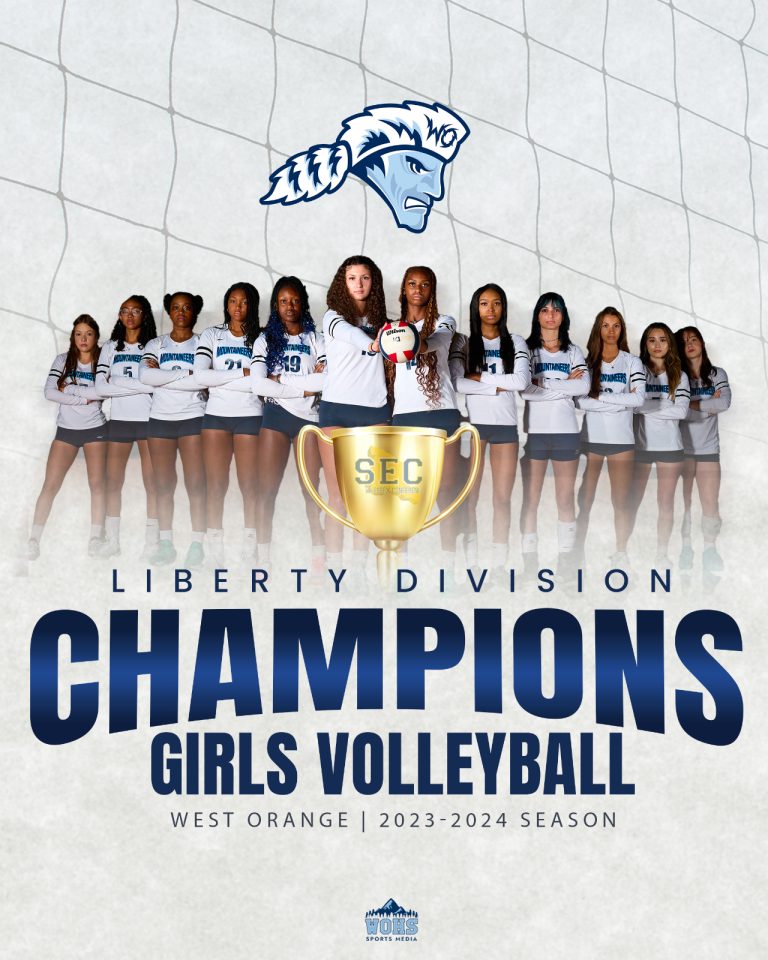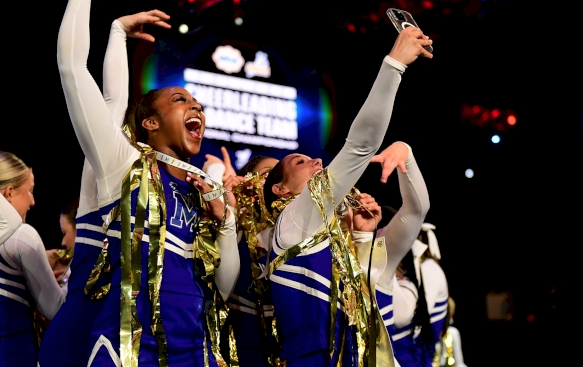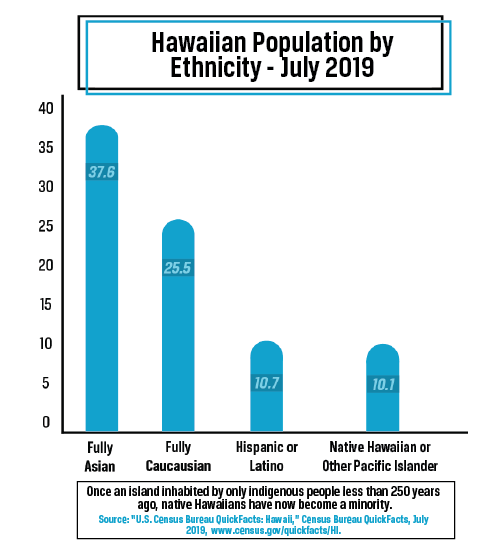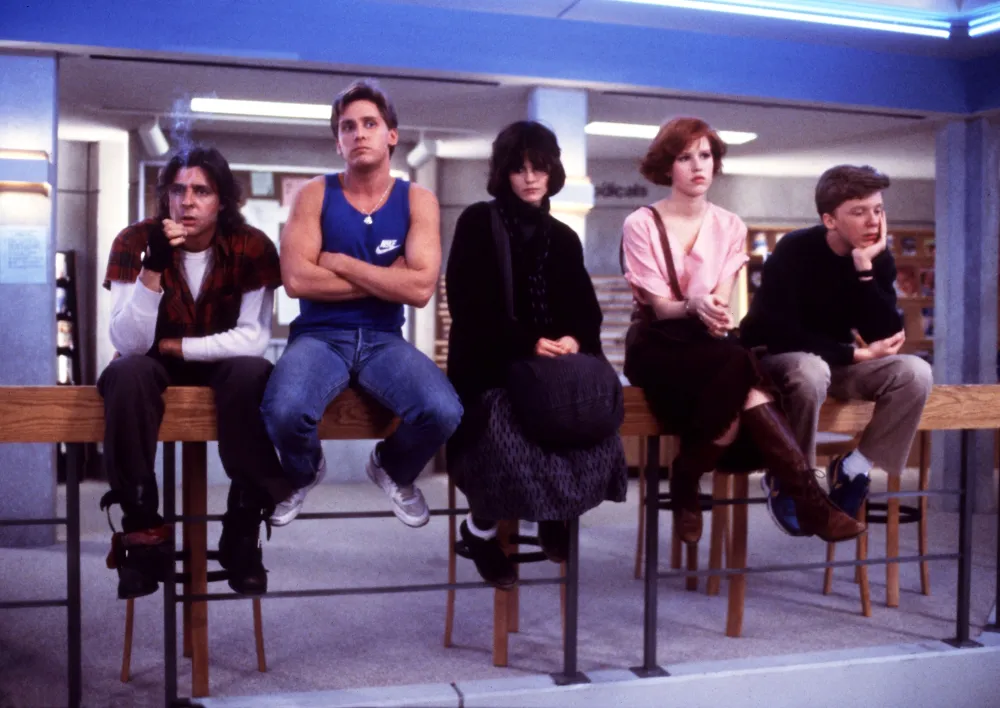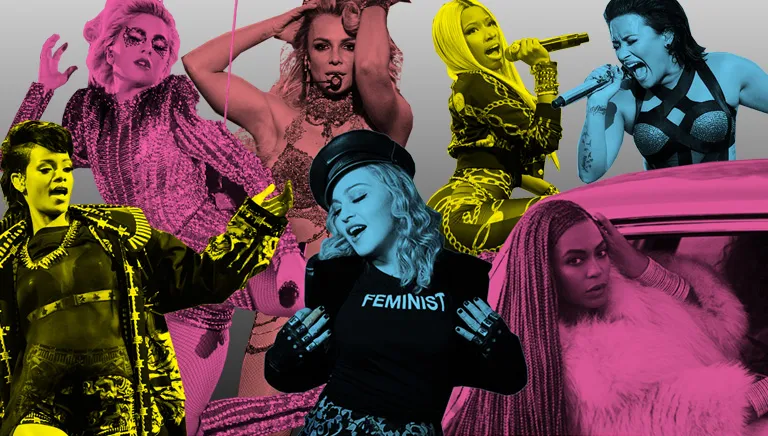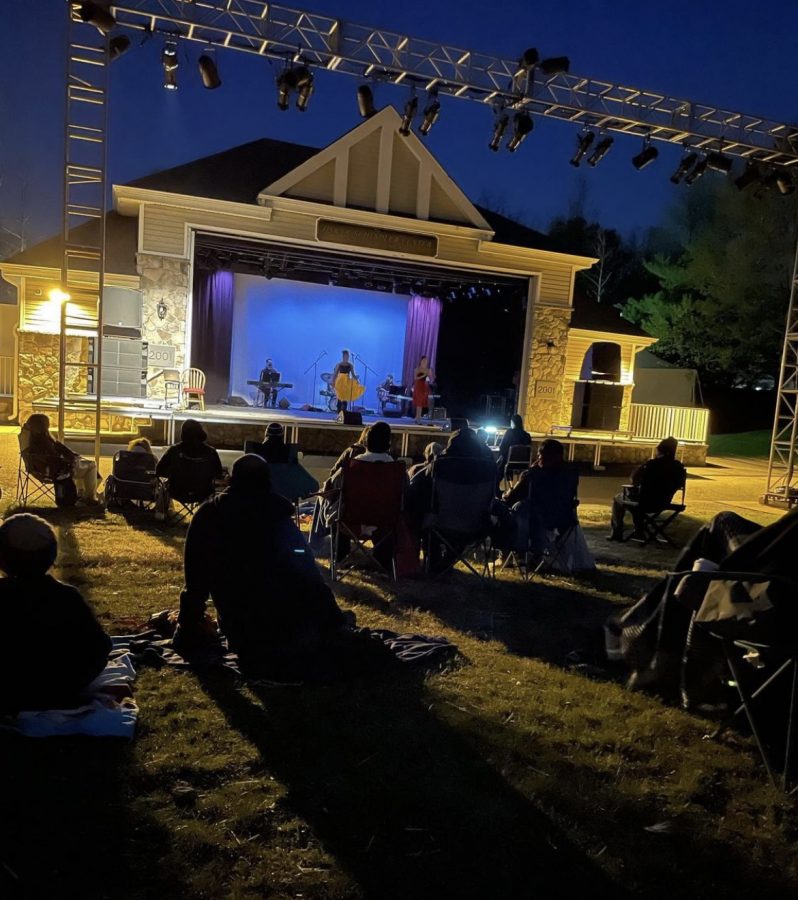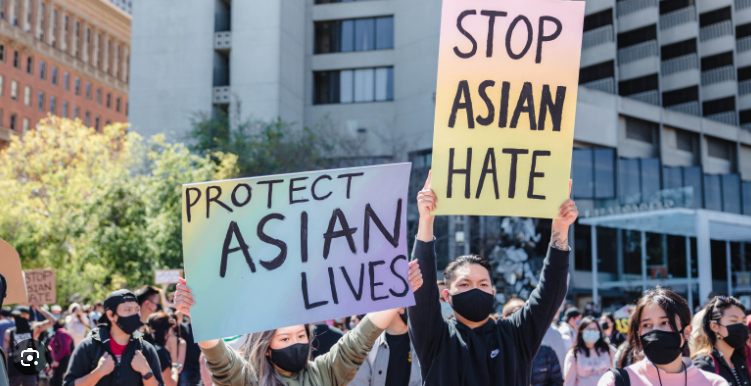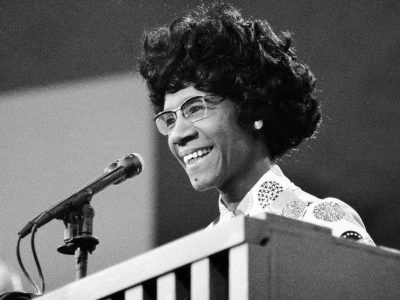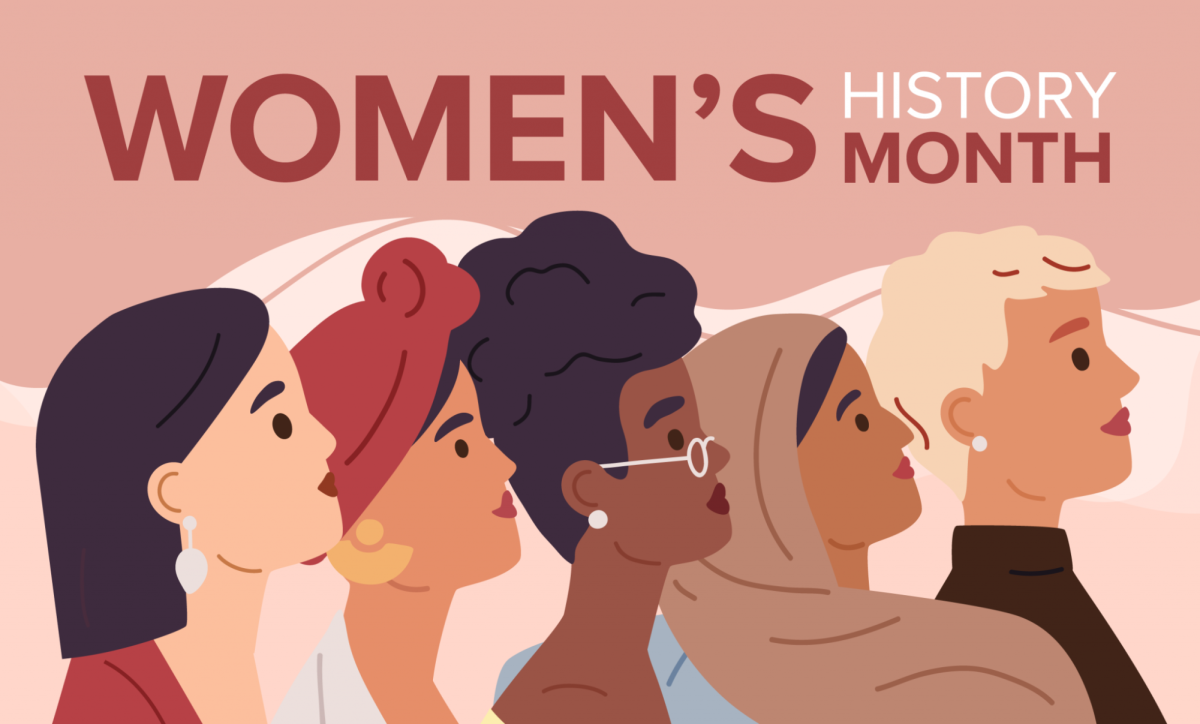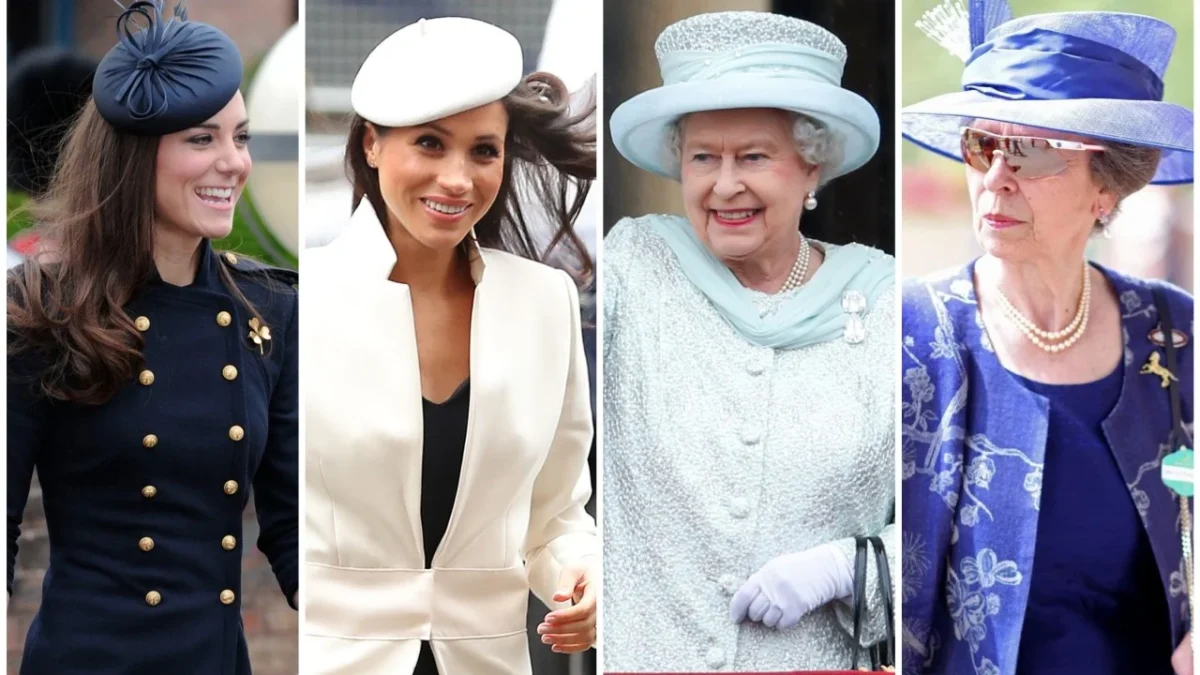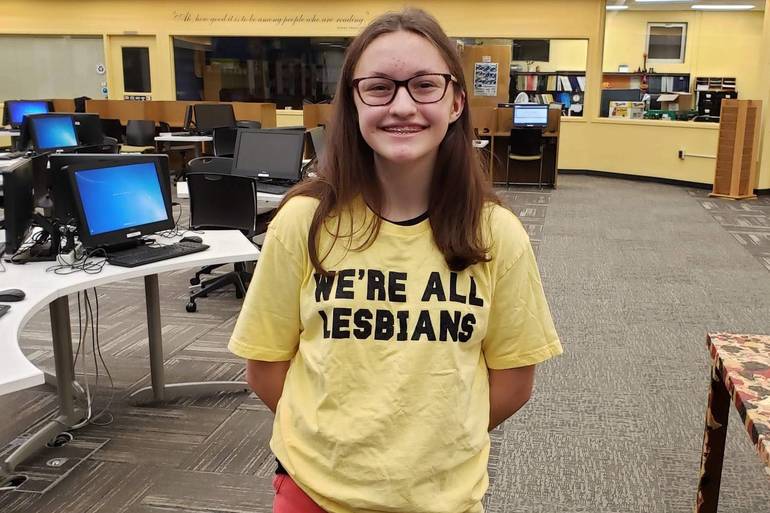The Dangers of A Strict Dress Code Geared Towards Female Students
The second a woman walks into a room she’s judged. Not by anything she’s said or done but by what she has on because even if she doesn’t want to believe it, her appearance says more about her than she ever could. From a young age, she is taught that certain clothes send certain messages, whether you want them to or not. These messages normally determine how she will be treated in the world by both women and men. Clothes are a form of expression, yet women are warned against outfits that society feels express their sexuality. On the other hand, men don’t receive the same warning, and this double standard is evident in many high school dress codes.
Reporters at West Orange High School studied the impact of a strict dress code that is focused heavily upon female students. To gain more insight on the topic we questioned female and male seniors who have dealt with dress code for years. After surveying seniors, reporters found that three out of eight girls have been dress coded, but only two out of six feel judged by their outfit choices. Interestingly, the majority of the girls who don’t feel judged attribute the less severe judgment to the color of their skin.
When asked if they ever feel judged for what they are wearing based on race, senior Brianna Hascsak expressed that “people don’t really judge me no matter what I wear”, her friend expressed the exact opposite. Fellow senior Kailey Charles explained that she feels that if she were to wear the same “low- cut shirt” as Briana she’ll “get weird looks” further revealing that she feels like she’s “perpetuating negative stereotypes” which is a vastly different answer from her friend.
Adding to that statement, Marie Brown (senior) stated that she feels that because she’s “of lighter skin complexion” she can “get away with wearing riskier things, while girls of a darker skin tone can’t” exposing a much deeper bias rooted in colorism.
On the other hand, Aja Bennet (senior) feels that she is judged not based on race but based on her features, stating that “whenever I wear crop tops that show off my belly ring adults give me the side-eye when I’m in the halls, not necessarily because of my race but because I’m tall and clothes fit me differently”.
Similarly, Brianna Aries, a senior who has been dress coded, feels she is judged not based on race but because she is “curvier,” exposing yet another factor that affects how women are viewed.
After interviewing various female seniors of different backgrounds, reporters decided to talk with male seniors to understand their take on dress code policies. Most agreed that they have never been dress coded, Steve Brizuela (senior) expressed that he thinks it is “easier to follow the dress code” as a male. Brizuela also emphasized that he has only ever seen a guy get dress coded for “sagging pants” but it is still rare. Senior Justin Vera also had similar comments about males getting dress coded.
Both the male and female students agreed on the following question: Do you feel like girls are dress coded more than boys? The answer is a unanimous “Yes”. Kailey Charles’ explanation being that “girls are over-sexualized” while Steve Brizuela thinks it’s simply because “girls have more to show”. No matter the reasoning females are still dress coded more than males and that constant judgment instills wrong beliefs in the youth.
A deeper look into West Orange High School dress code policy revealed that the punishments for “failure to follow the Dress Code” gradually get harsher with each offense. West Orange High School handbook states that students “are expected to dress in clean, neat clothing, worn in a manner which will not distract from the learning experience. Students must dress in a manner that does not attract undue attention and is not offensive to others,” generalizing their expectations for both male and female students. However, the majority of the violations are geared towards female students, with a whole section focused on the length of skirts, shorts, tops, and ripped jeans, which at any time can be deemed “inappropriate” by the administration.
In a study done in 2018, reporters from Education Week covered an incident that happened at a high school in Florida, a principle was caught on camera saying “female students should not show off their bodies for the fear of ‘distracting’ male classmates,” exposing a very common feeling about strict dress code geared towards females. Education Week also found that dress codes “aren’t neutral: many target girls, and especially black girls, by regulating skirt length and headwraps, and the rules aren’t applied equally, either. Students report that black girls and especially curvier students are disproportionately targeted,” confirming that there is unfair treatment between gender as well as race. Recently in West Orange district dress code policy was tested in Liberty Middle school when a female student wore a shirt that said: “We’re all lesbians”. School officials argued that the shirt “violated the school’s ban on clothing that is dangerous and/or disruptive to the learning environment” and the student was told to take it off. The student argued to the Board Of Education that “a friend at Roosevelt Middle School wore the same shirt on Oct. 2 and didn’t encounter any issues about the dress code” exposing that what administration deems distracting is rather objective.
Ultimately, males aren’t judged as harshly as females when it comes to the way they dress, whether it be on a school or just on an off day. Females should not be held to a higher yet impossible standard just to ensure that their male counterpart does not sexualize them. The only way to change this double standard would be to instill similar expectations in young boys and girls, starting with the dress code. Districts’ dress codes should “accommodate for different body types, understanding that different features may have a different appearance in popular clothing,” says Kailey Charles. Marie Brown suggests a change in “the shoulder regulation because off the shoulder shirts are in also the knee-length requirement because it is out of fashion and impossible to find shorts that are long” further explaining how fashion continually changes and dress code should change along with it. Though all West Orange High School students want to tweak the dress code, many agree that it is fair to enforce dress codes as long as the judgments are reasonable and equal between female and male students. In the future we want female students to be able to walk into a classroom and feel empowered by the new shirt they just bought, not judged.
